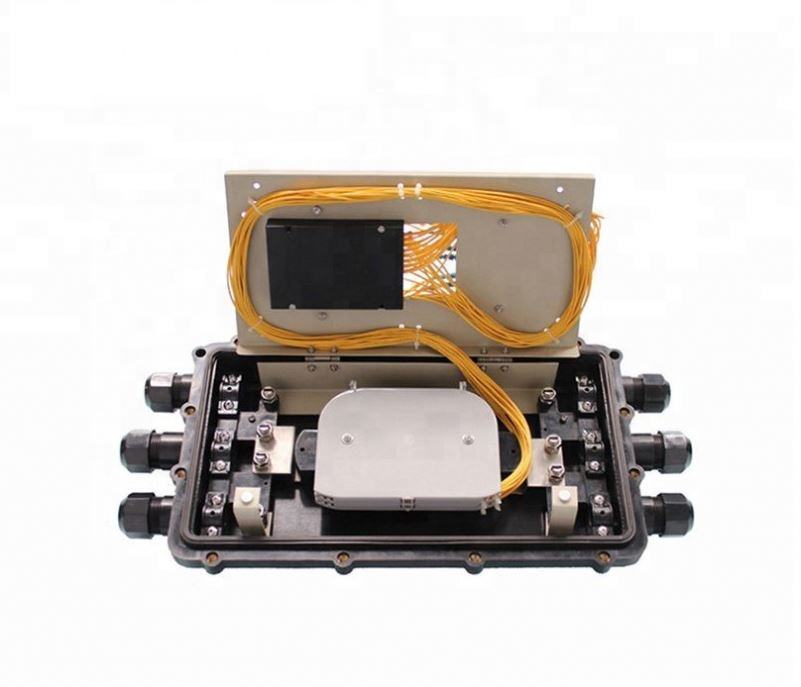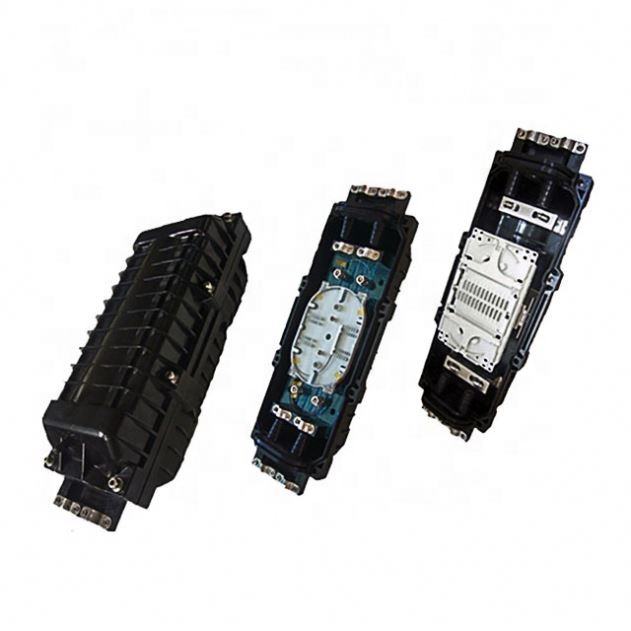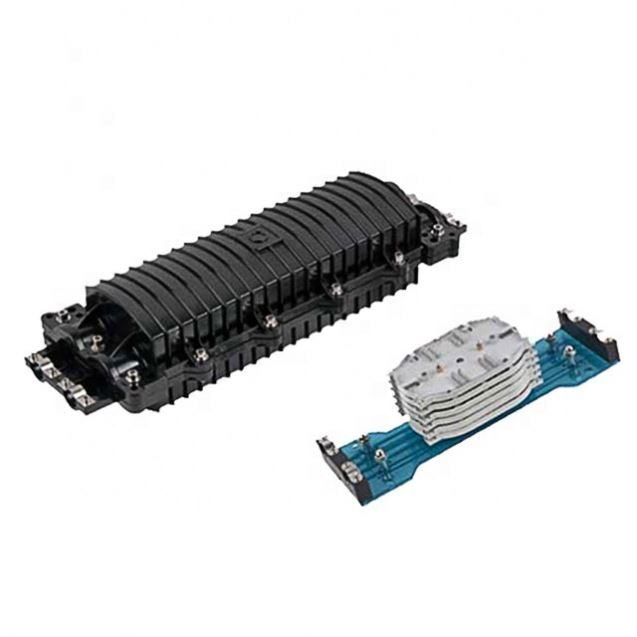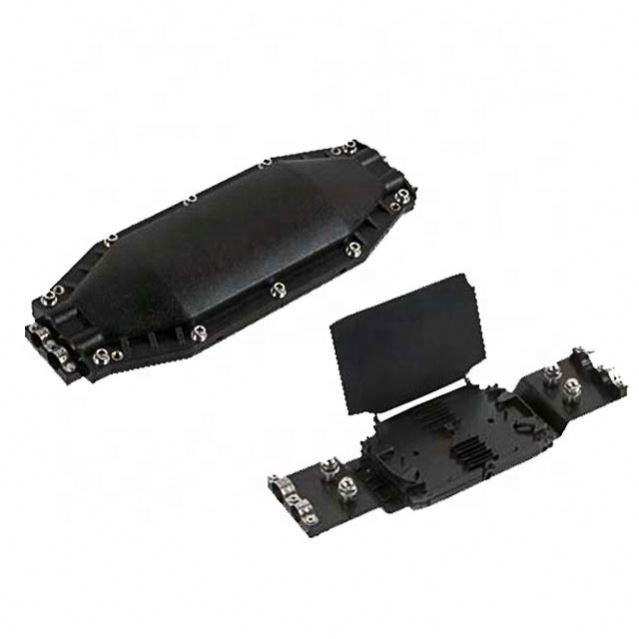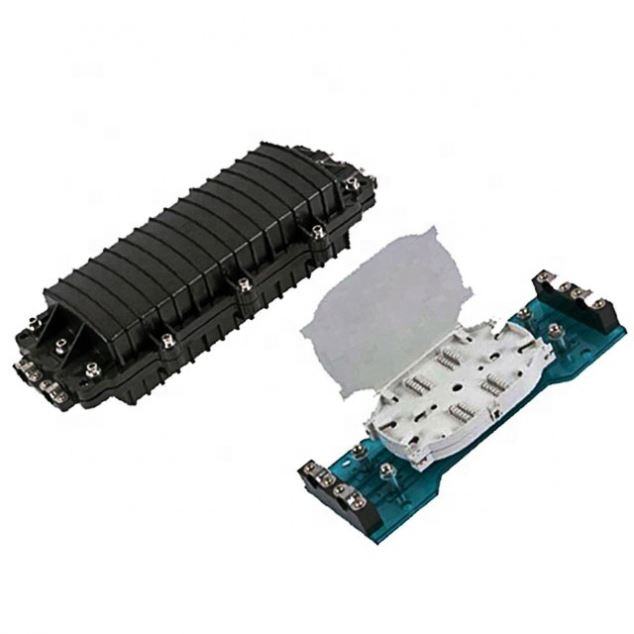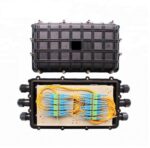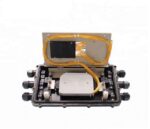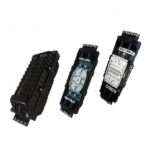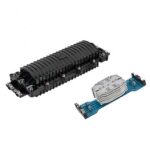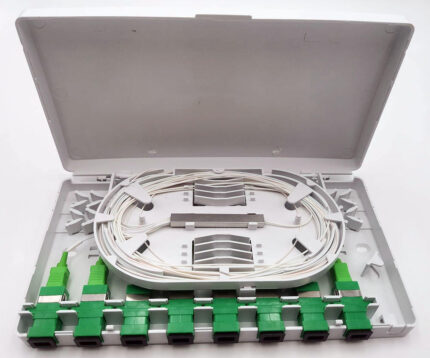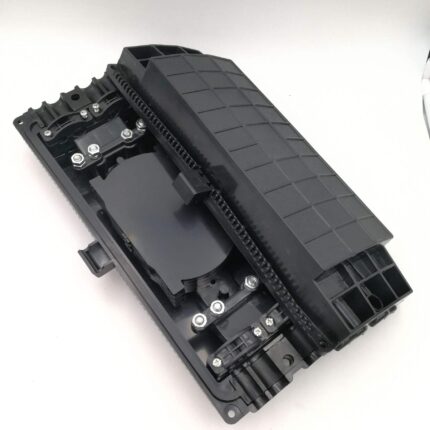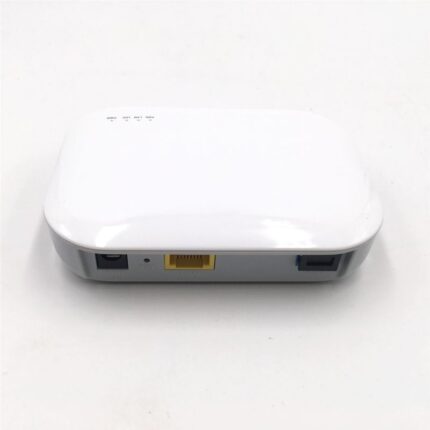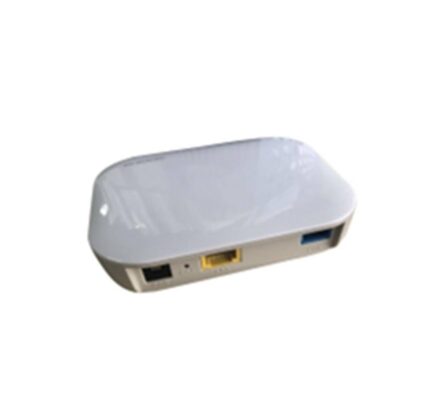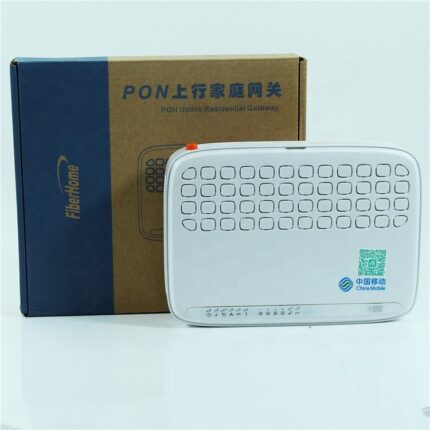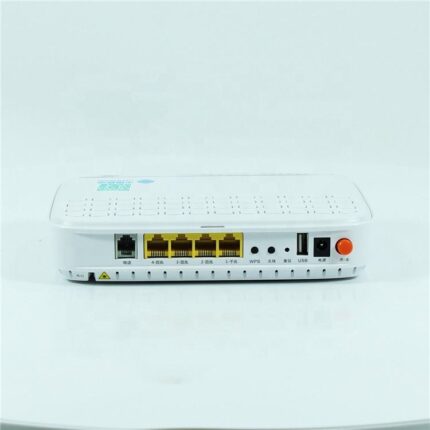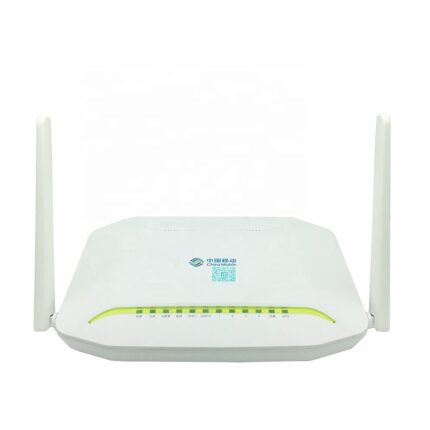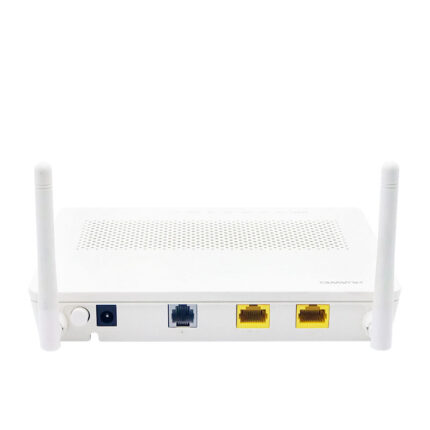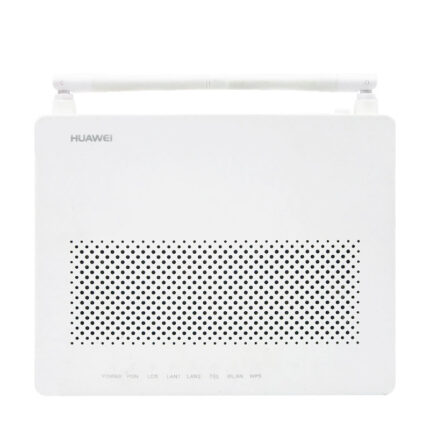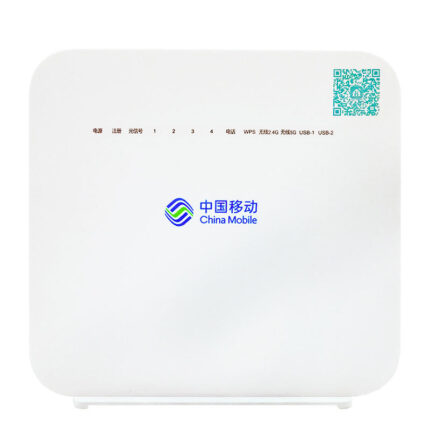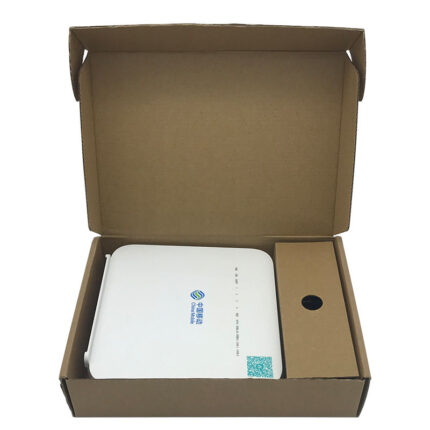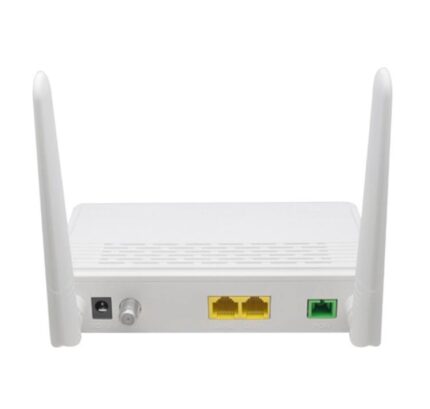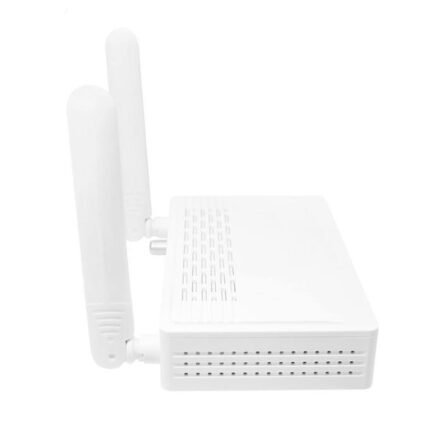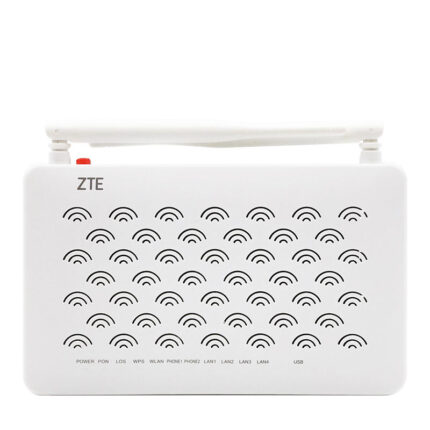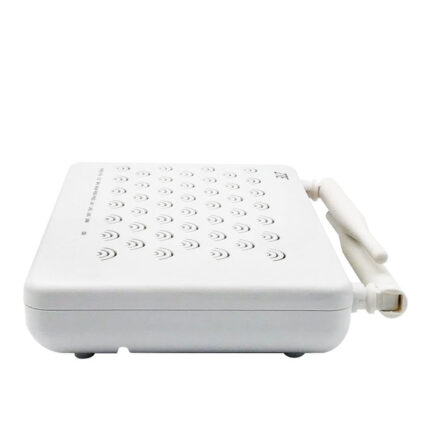Fiber Optic Splice Closure Description:
Fiber Optic Splice Closure and Fiber Optic Network Access Point (NAP) boxes Joint Closures are essential components in fiber optic communication networks. They serve as critical junction points where fiber optic cables are spliced, distributed, and protected. These devices are designed to accommodate varying core capacities (12, 24, 48, and 96 cores) and utilize SC APC ports, ensuring high precision and low insertion loss connections.
Key Features of Fiber Optic Splice Closure:
- Core Capacities:
- 12 Core: Suitable for smaller network segments or localized fiber distribution.
- 24 Core: Ideal for medium-sized network applications with moderate capacity requirements.
- 48 Core: Provides ample capacity for larger network sections, ensuring scalability.
- 96 Core: Designed for high-density fiber optic networks, supporting extensive fiber distribution and splicing needs.
- Connector Type:
- SC APC Ports:
- SC (Subscriber Connector): Known for its simple push-pull mechanism and reliability.
- APC (Angled Physical Contact): Reduces back reflection and insertion loss, critical for high-performance networks.
- SC APC Ports:
- Construction and Durability:
- Housing Material:
- High-quality, UV-resistant plastic or metal to withstand harsh environmental conditions.
- Weatherproof, dustproof, and corrosion-resistant for outdoor and indoor applications.
- Ingress Protection:
- IP65 or higher, ensuring protection against dust and water.
- Housing Material:
- Fiber Management:
- Splice Trays: Organize and protect spliced fibers, maintaining proper bend radius.
- Cable Routing: Internal guides and fixtures to secure and manage fiber cables efficiently.
- Slack Storage: Designated areas for storing excess fiber slack, preventing damage and ensuring easy access for maintenance.
- Installation and Accessibility:
- Mounting Options: Wall-mounted, pole-mounted, or floor-standing configurations.
- Access: Front or top access with secure locking mechanisms to prevent unauthorized entry.
- Ease of Maintenance: Removable panels and clear labeling for straightforward maintenance and upgrades.
- Security Features:
- Locking Mechanism:
- Secure locks with keys to prevent unauthorized access.
- Tamper-proof screws and seals for added security.
- Locking Mechanism:
- Environmental and Operational Specifications:
- Operating Temperature: -40°C to +85°C, ensuring reliable performance in diverse climates.
- Humidity: 5% to 95% non-condensing.

Applications:
- Telecommunications Networks: Backbone and distribution points in telecom infrastructure.
- FTTH (Fiber to the Home): Key component in bringing fiber optic connections directly to residences.
- Data Centers: Managing high-density fiber connections and ensuring reliable data transmission.
- Campus and Enterprise Networks: Facilitating efficient fiber distribution across large campuses or enterprise buildings.
Advantages of Fiber Optic Splice Joint Closure:
- Scalability: Different core capacities cater to various network sizes and growth potentials.
- Reliability: Robust design ensures long-term protection and performance of fiber connections.
- Flexibility: Compatible with SC APC connectors, allowing integration with a wide range of network equipment.
- Maintenance-Friendly: Easy access and organized fiber management simplify maintenance and troubleshooting.
